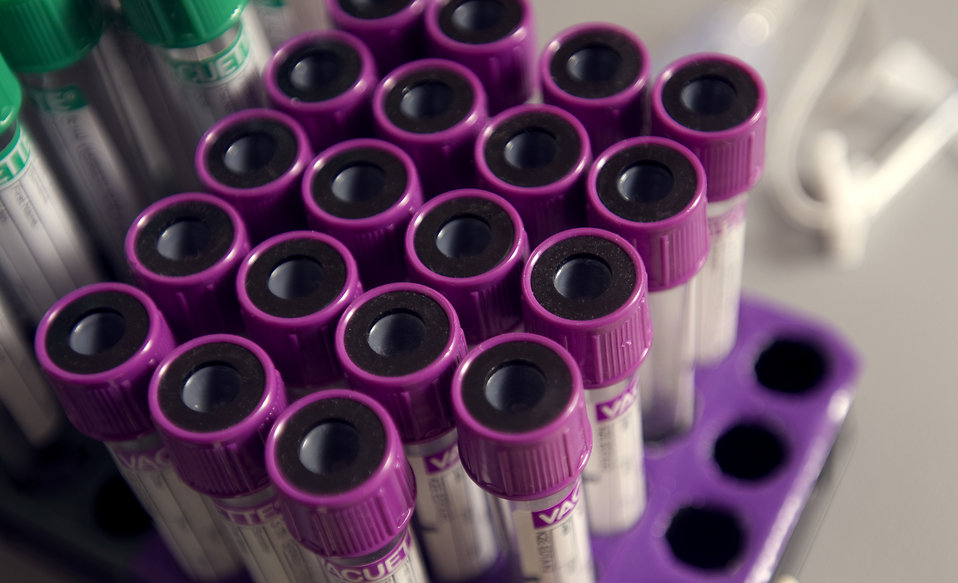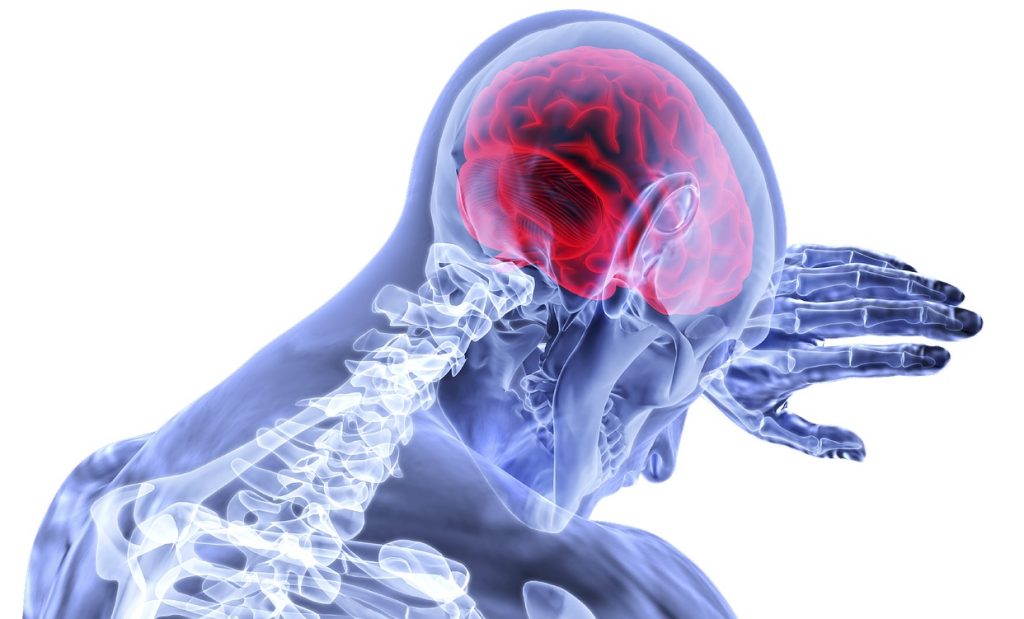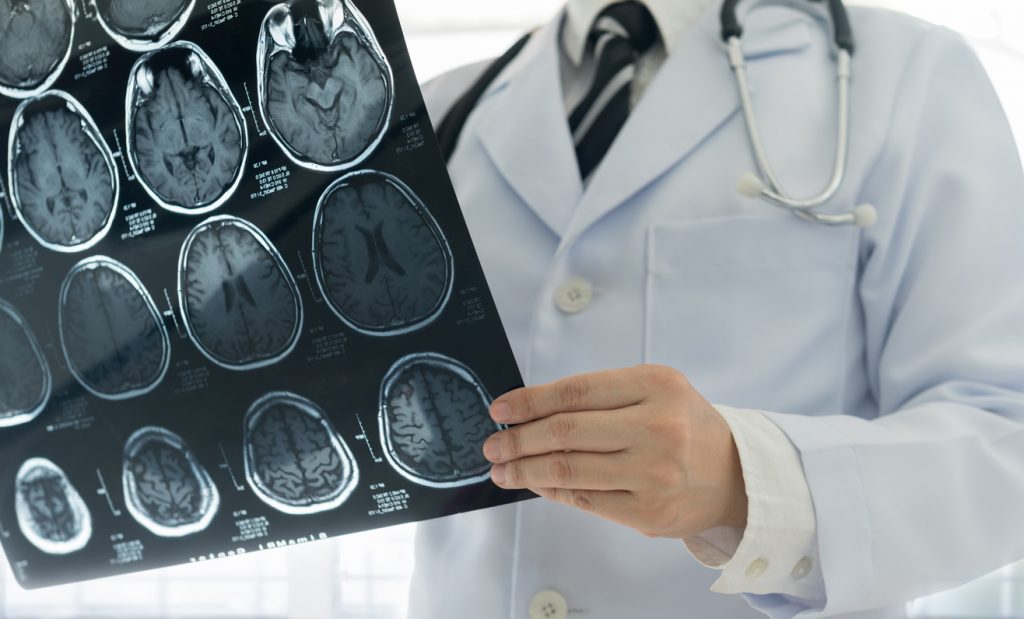This two-arm study will investigate the efficacy and safety of the addition of bevacizumab (Avastin) to the current standard of care (multimodality therapy of concurrent radiotherapy plus temozolomide followed by adjuvant temozolomide) as compared to the current standard of care alone. Patients will be randomly assigned to either the Avastin (10mg/kg iv q2w)or the placebo arm, in combination with radiation therapy (total dose 60 Gy, administered as 2 Gy fractions, 5 days/week) plus temozolomide (75 mg/m2 po daily) for 6 weeks. After a 4 week treatment break, patients will continue to receive Avastin (10 mg/kg iv q2w) or placebo, plus temozolomide (150-200 mg/m2 po daily on days 1-5 of each 4 week cycle) for 6 cycles of maintenance treatment. Following the maintenance phase, Avastin (15 mg/kg iv q3w) or placebo monotherapy will continue. The anticipated time on study treatment is until disease progression, and the target sample size is 500+ individuals.
Official Title
A Randomized, Double-blind, Placebo-controlled Trial to Evaluate the Efficacy of Bevacizumab, Radiotherapy and Temozolomide (TMZ) Followed by Bevacizumab and TMZ, Versus Placebo Radiotherapy and TMZ Followed by Placebo and TMZ on Survival in Patients With Newly Diagnosed Glioblastoma
Conditions
- Glioblastoma
Study Type
Interventional
Study Design
Treatment, Randomised, Double-Blind, Placebo Control, Parallel Assignment, Safety/Efficacy Study
Further Details
Primary outcome measures
- Overall survival
[ Time Frame: Assessments in weeks 10,18, 26 and 34 and at 9-weekly intervals thereafter ]
[ Designated as safety issue: No ] - Progression-free survival
[ Time Frame: Assessments in weeks 10,18, 26 and 34 and at 9-weekly intervals thereafter ]
[ Designated as safety issue: No ]
Secondary outcome measures
- Survival rates
[ Time Frame: 1 year and 2 years ]
[ Designated as safety issue: No ] - Health-related quality of life
[ Time Frame: Assessments in weeks 10, 18, 26 and 34 and at 9-weekly intervals thereafter ]
[ Designated as safety issue: No ]
Study arms and assignment groups
- Experimental
- Drug: bevacizumab [Avastin] 10 mg/kg iv q2w
- Drug: temozolomide 75 mg/m2 po once daily for 6 weeks, followed by 150-200 mg/m2 po daily on days 1-5 of each 6 x 4 week cycle
- Radiation: Radiation therapy 30 fractions of 2 Gy delivered on days 1-5 per week for 6 weeks
- Placebo comparator
- Drug: Placebo iv q2w
- Drug: temozolomide 75 mg/m2 po once daily for 6 weeks, followed by 150-200 mg/m2 po daily on days 1-5 of each 6 x 4 week cycle
- Radiation: Radiation therapy 30 fractions of 2 Gy delivered on days 1-5 per week for 6 weeks
Study Start
July 2009 – October 2014
Eligibility & Criteria
- Ages eligible for study: 18 years and older
- Genders eligible for study: Both
- Accepts healthy volunteers: No
Inclusion criteria
- Adult patients, ≥ 18 years of age;
- Newly diagnosed glioblastoma;
- WHO performance status ≤ 2;
- Stable or decreasing corticosteroid dose within 5 days prior to randomisation.
Exclusion criteria
- Evidence of recent haemorrhage or postoperative MRI of brain;
- Any prior chemotherapy or immunotherapy for glioblastomas and low grade astrocytomas;
- Any prior radiotherapy to brain;
- Clinically significant cardiovascular disease;
- History of ≥ grade 2 haemoptysis within 1 month prior to randomisation;
- Previous centralised screening for MGMT status for enrolment into a clinical trial.
Total Enrolment
920
Contact Details
Please reference Study ID Number: BO21990 973-235-5000
Contact: or 800-526-6367 (FOR US ONLY)
All content and media on the HealthEngine Blog is created and published online for informational purposes only. It is not intended to be a substitute for professional medical advice and should not be relied on as health or personal advice. Always seek the guidance of your doctor or other qualified health professional with any questions you may have regarding your health or a medical condition. Never disregard the advice of a medical professional, or delay in seeking it because of something you have read on this Website. If you think you may have a medical emergency, call your doctor, go to the nearest hospital emergency department, or call the emergency services immediately.







